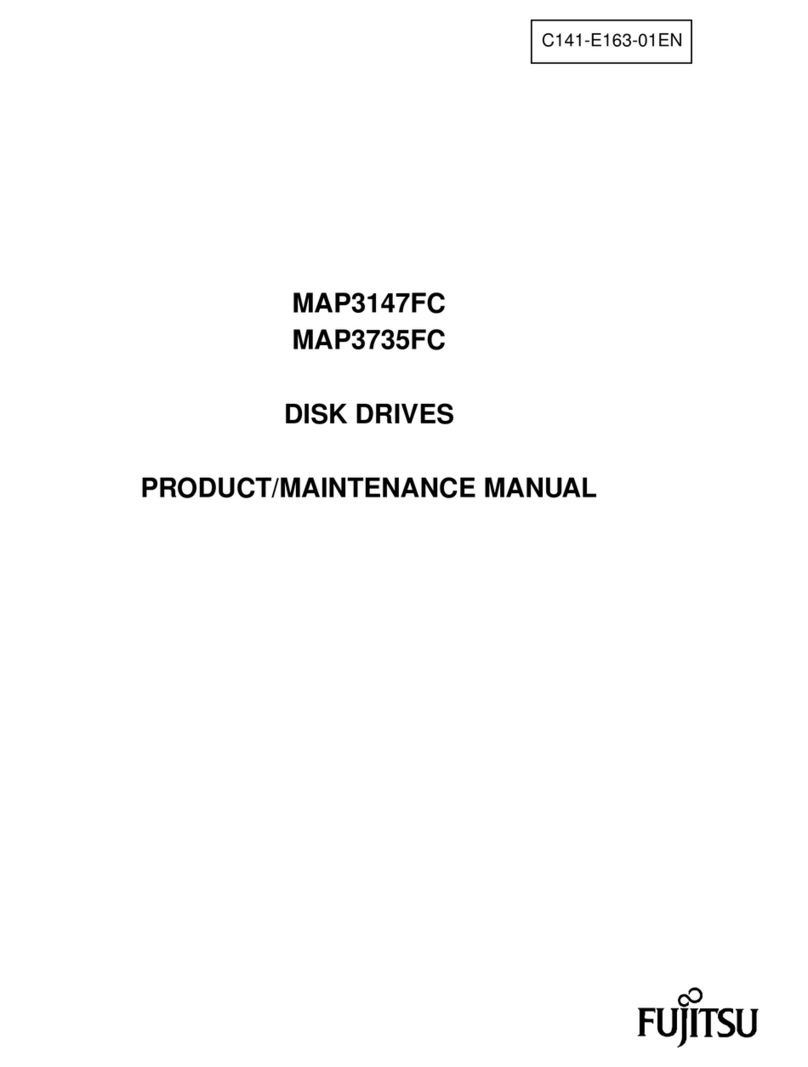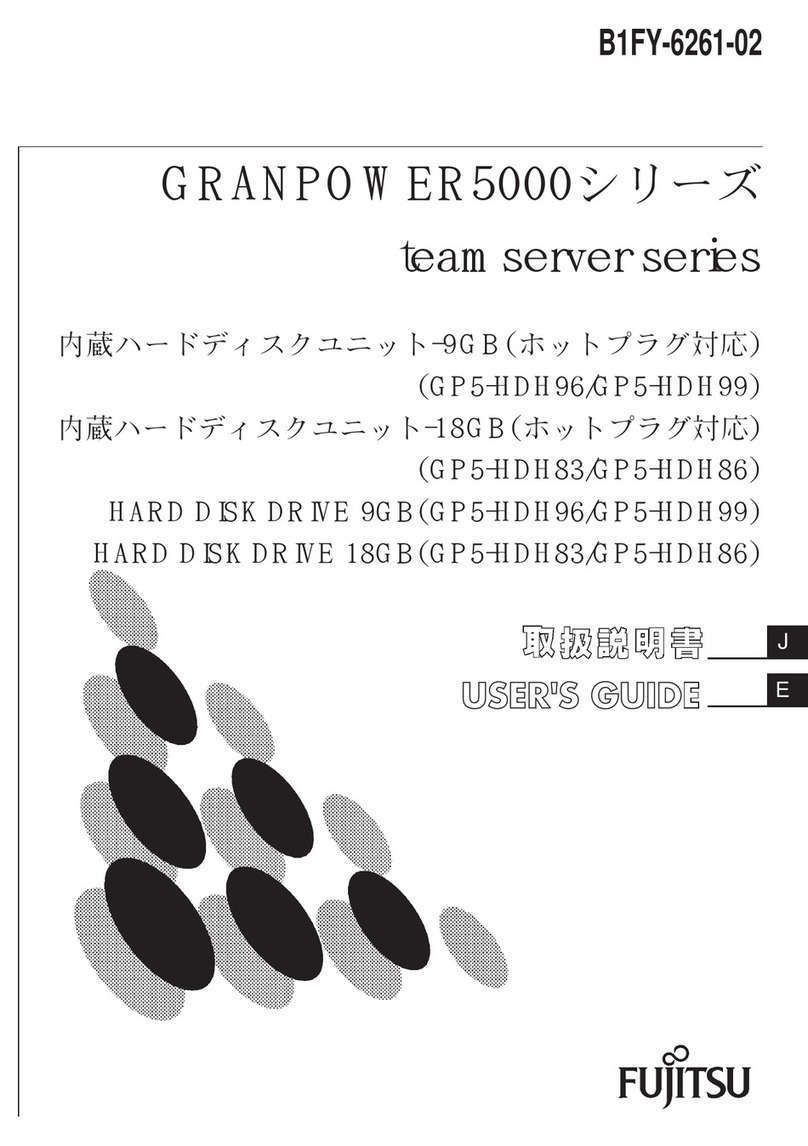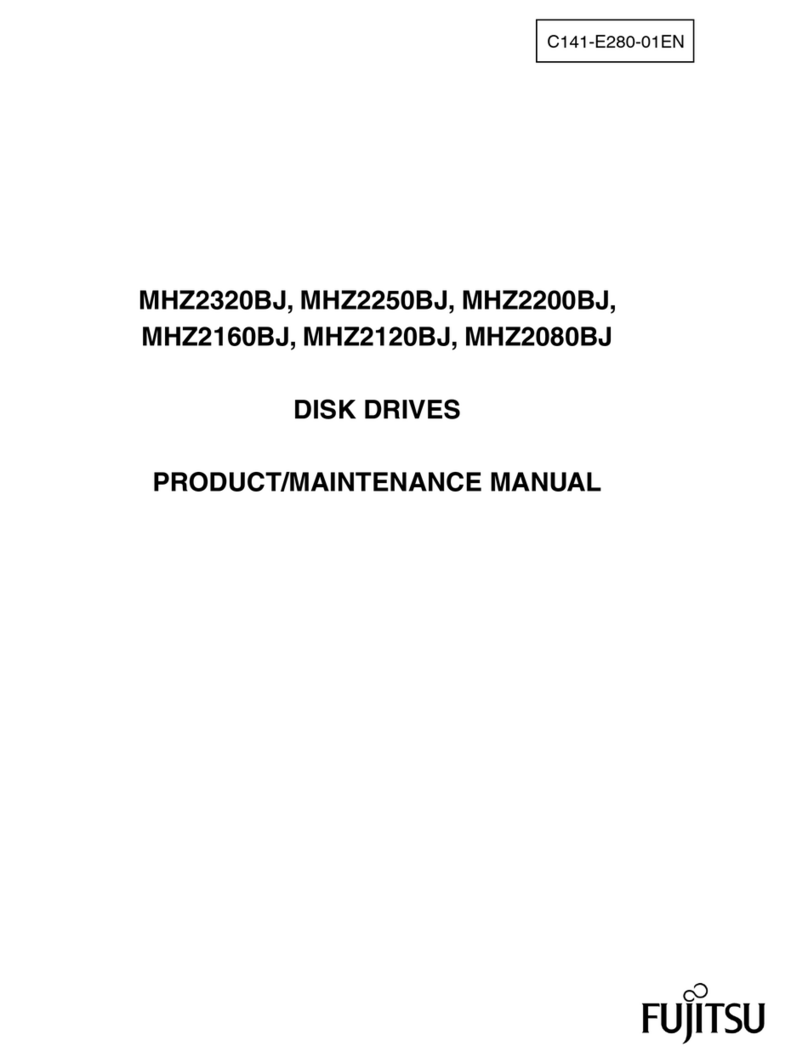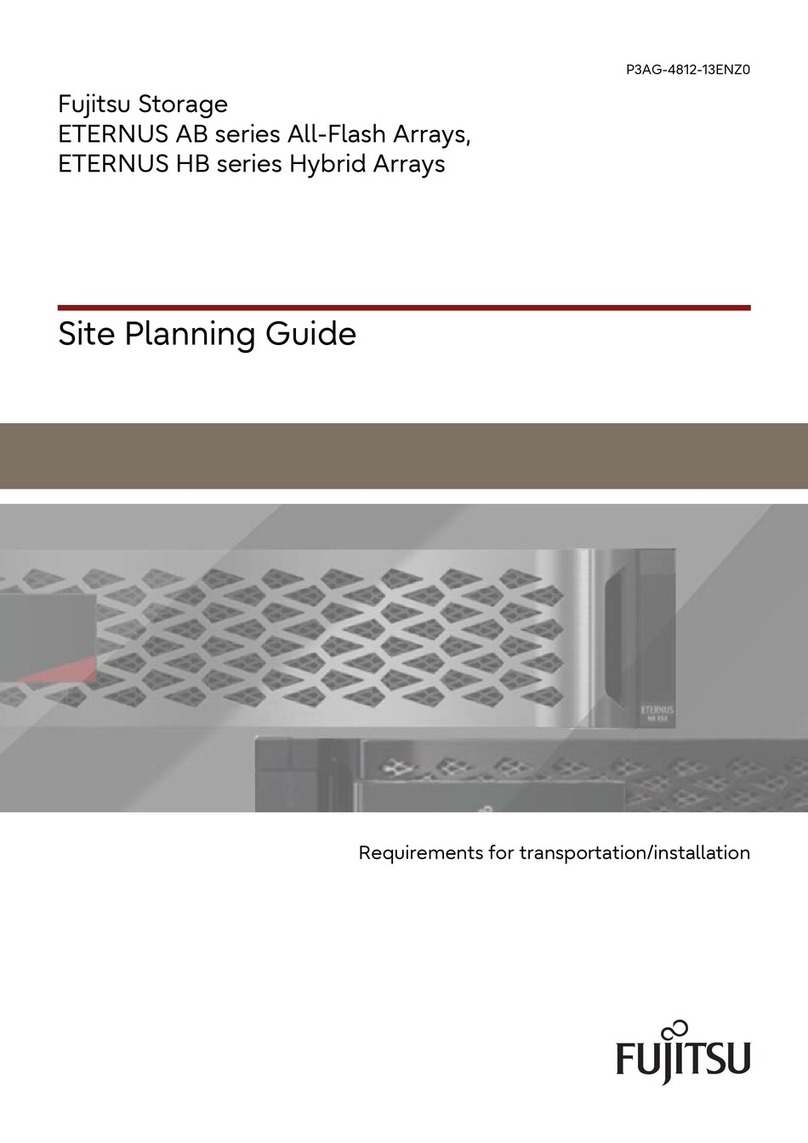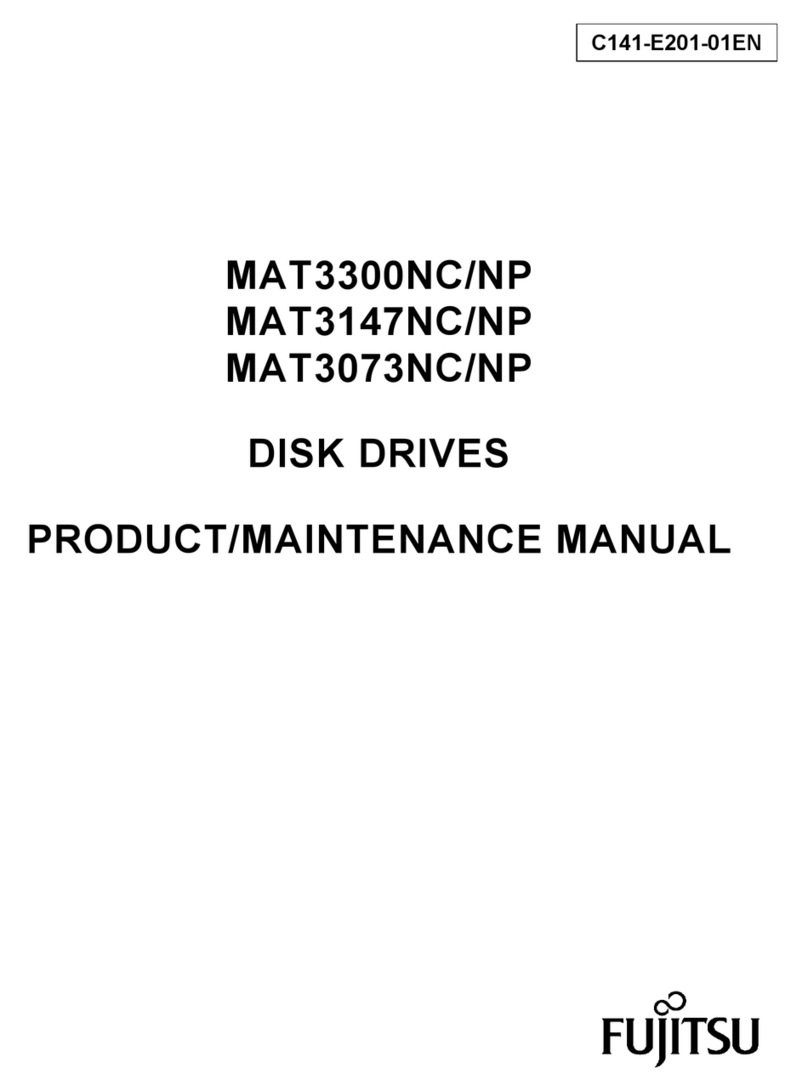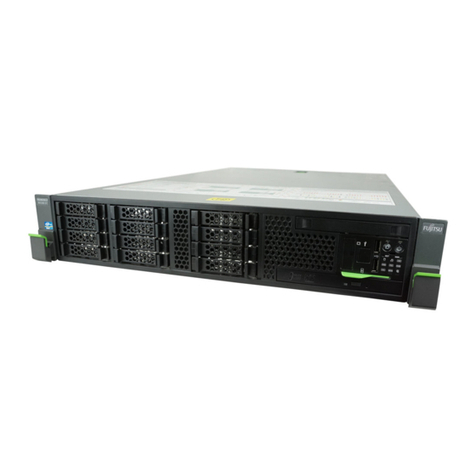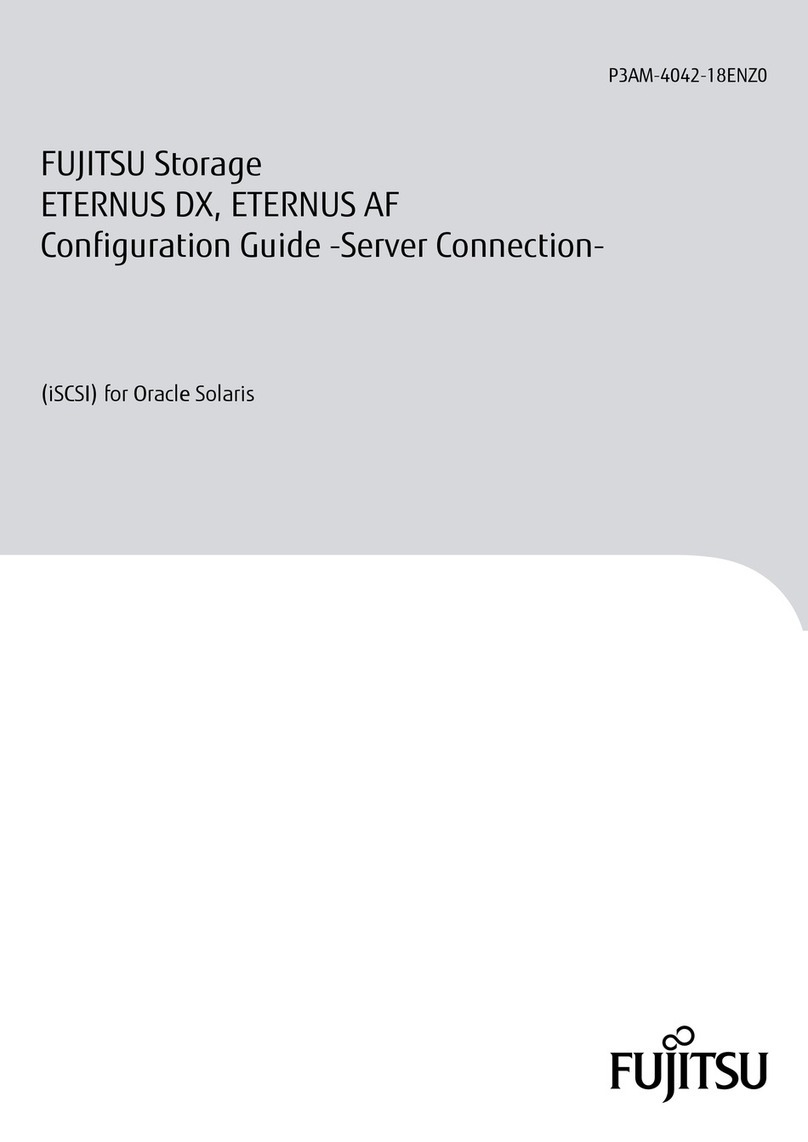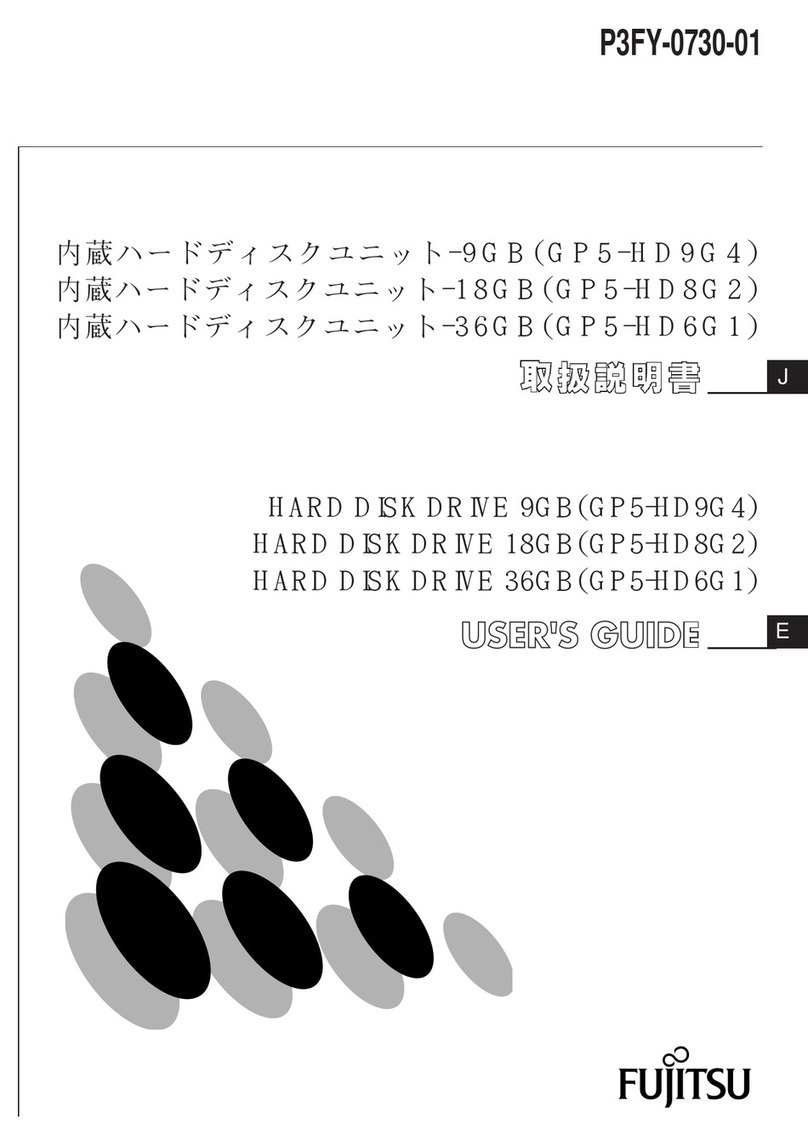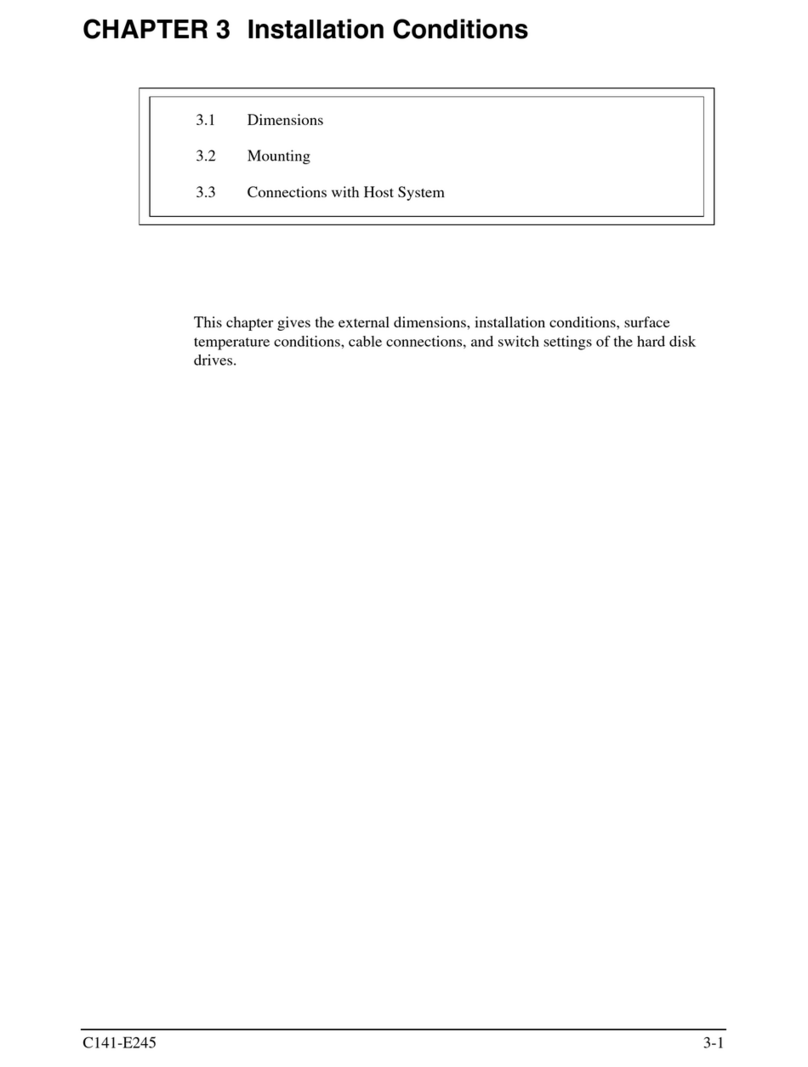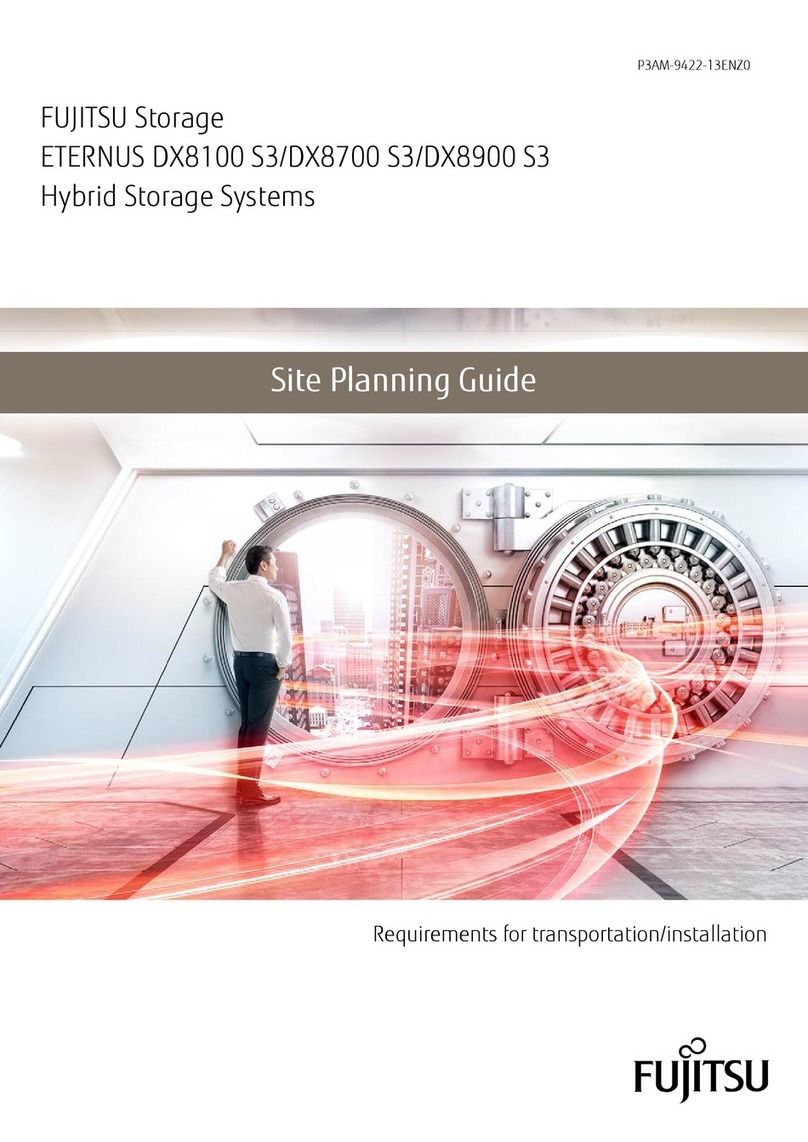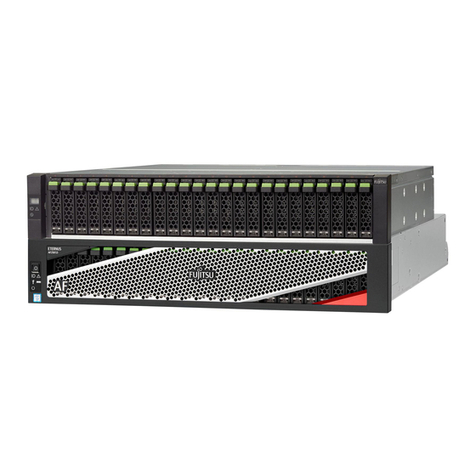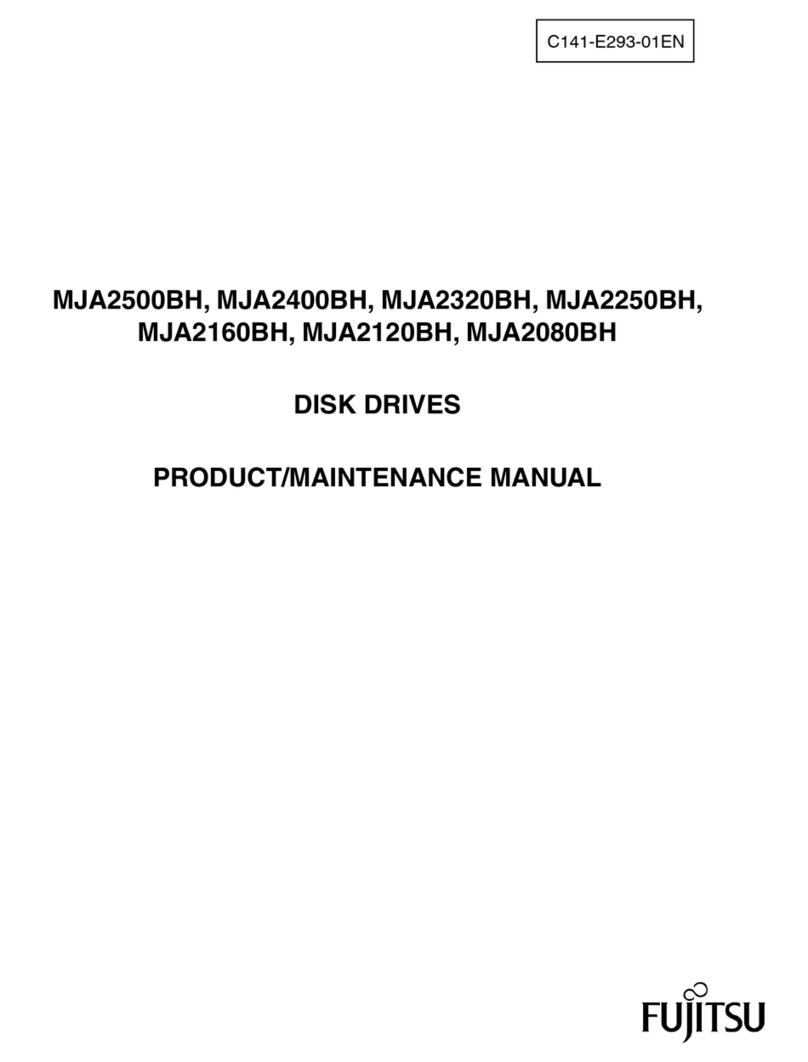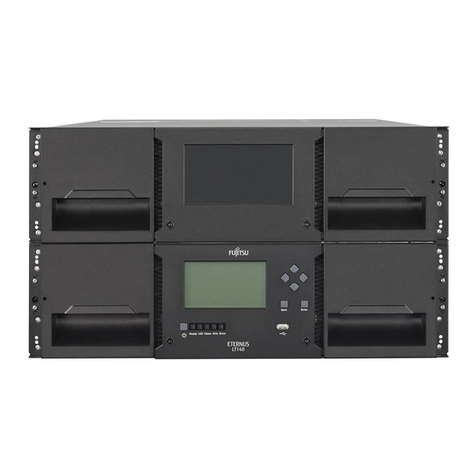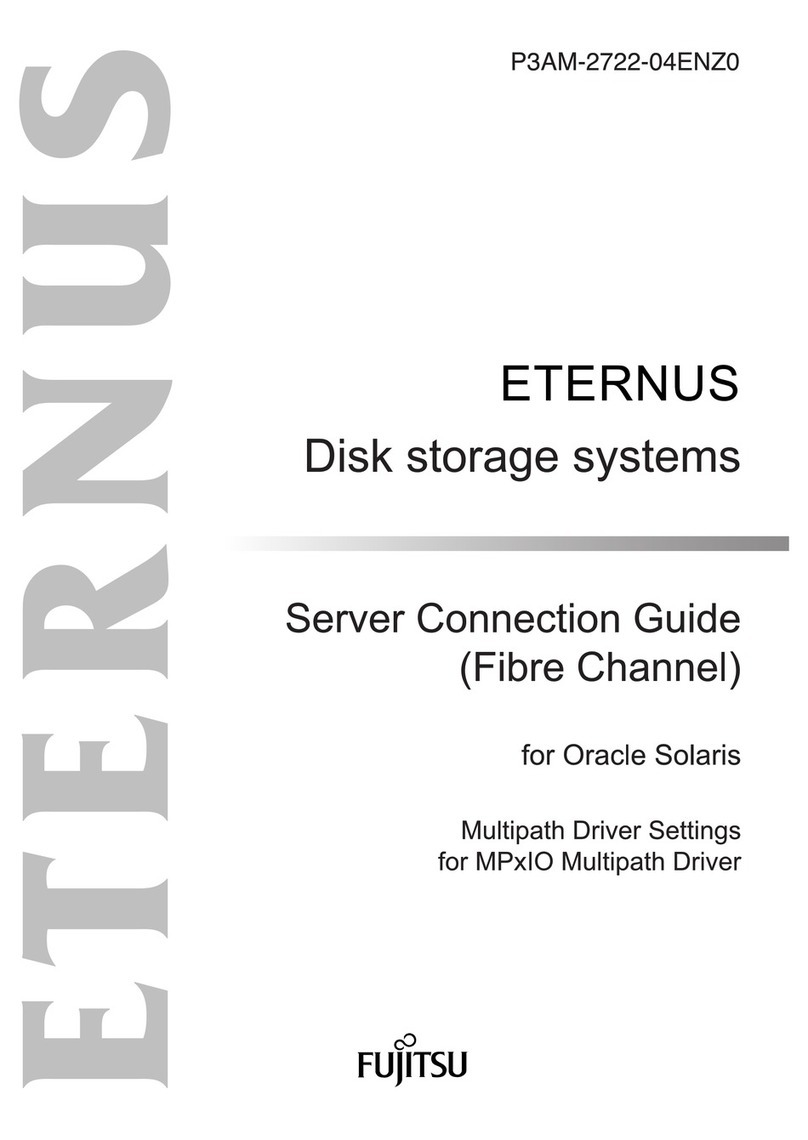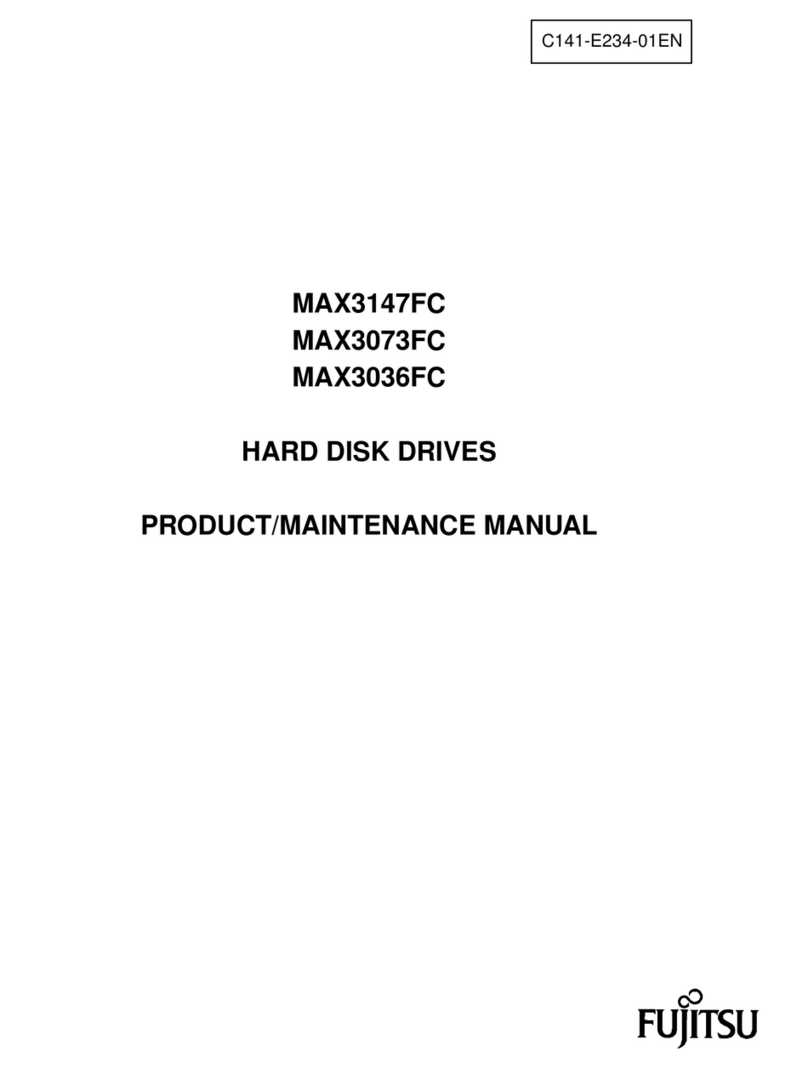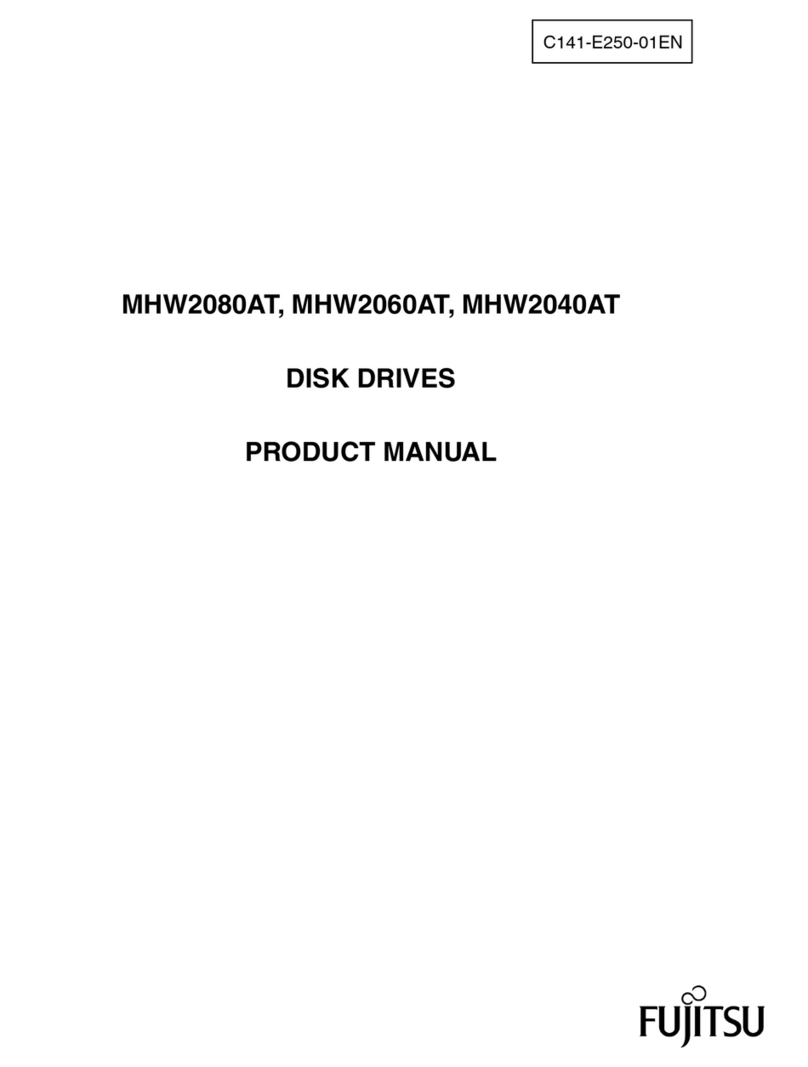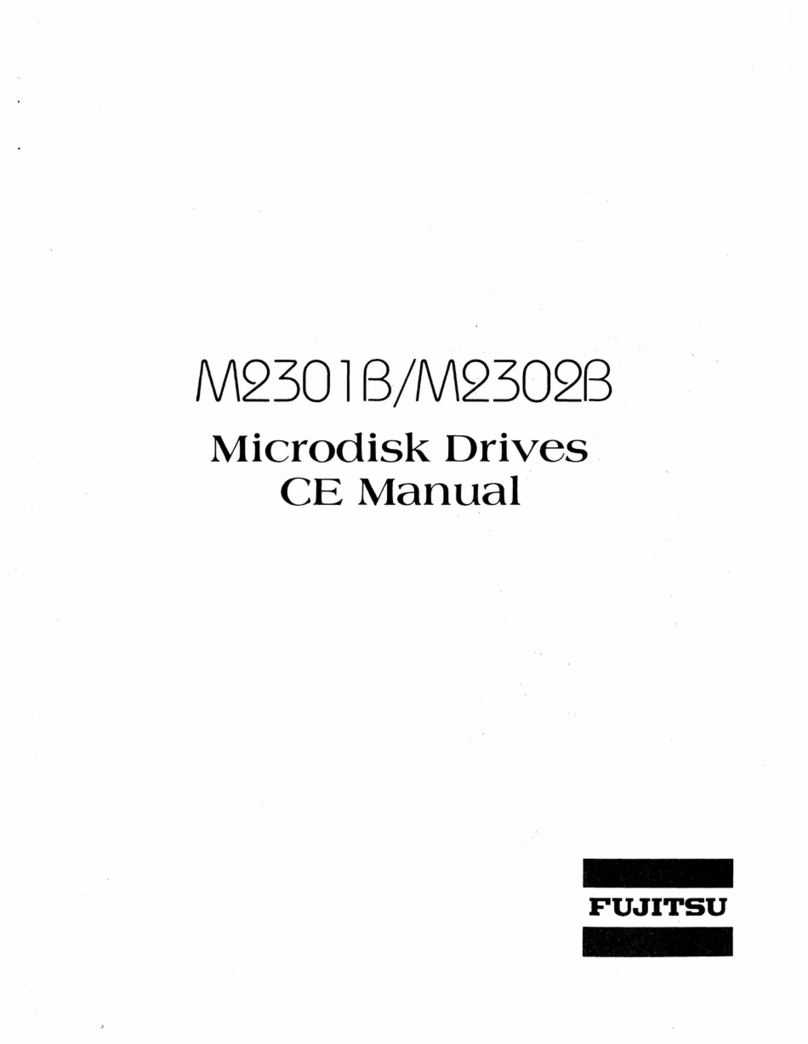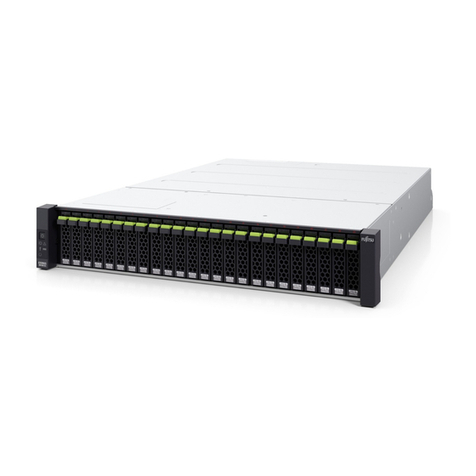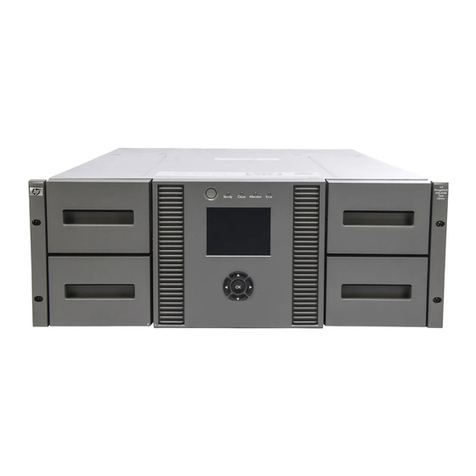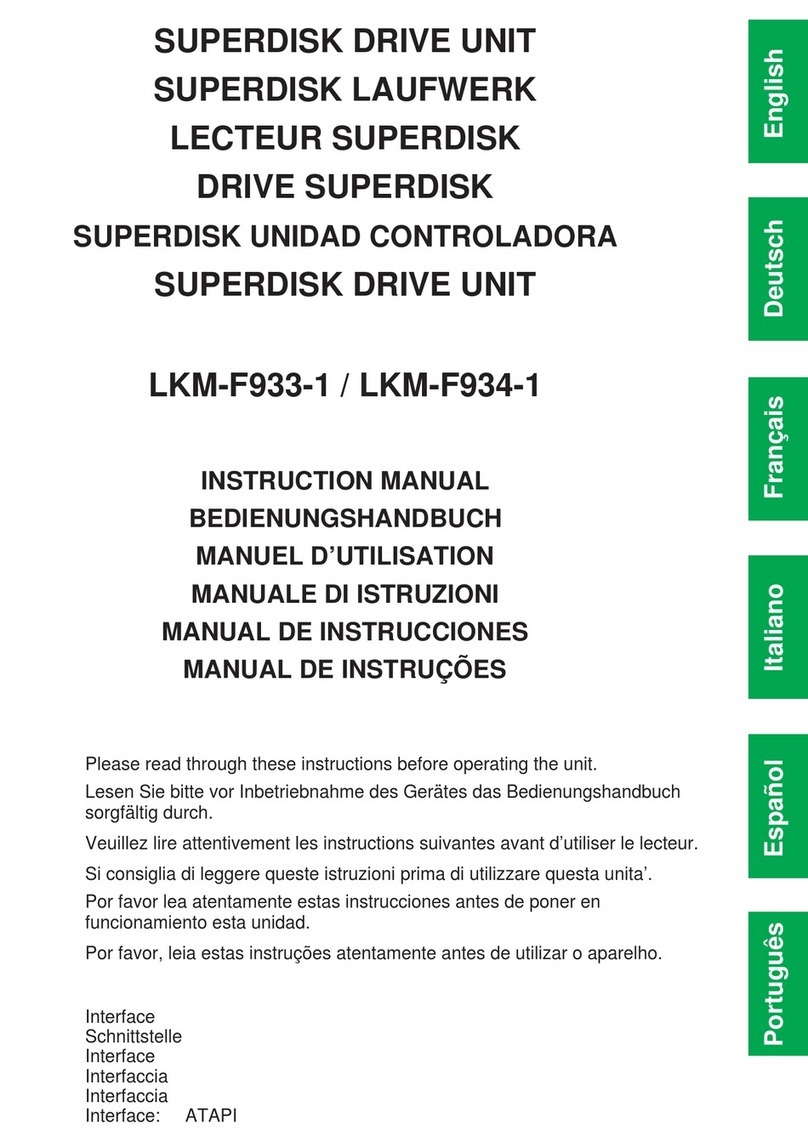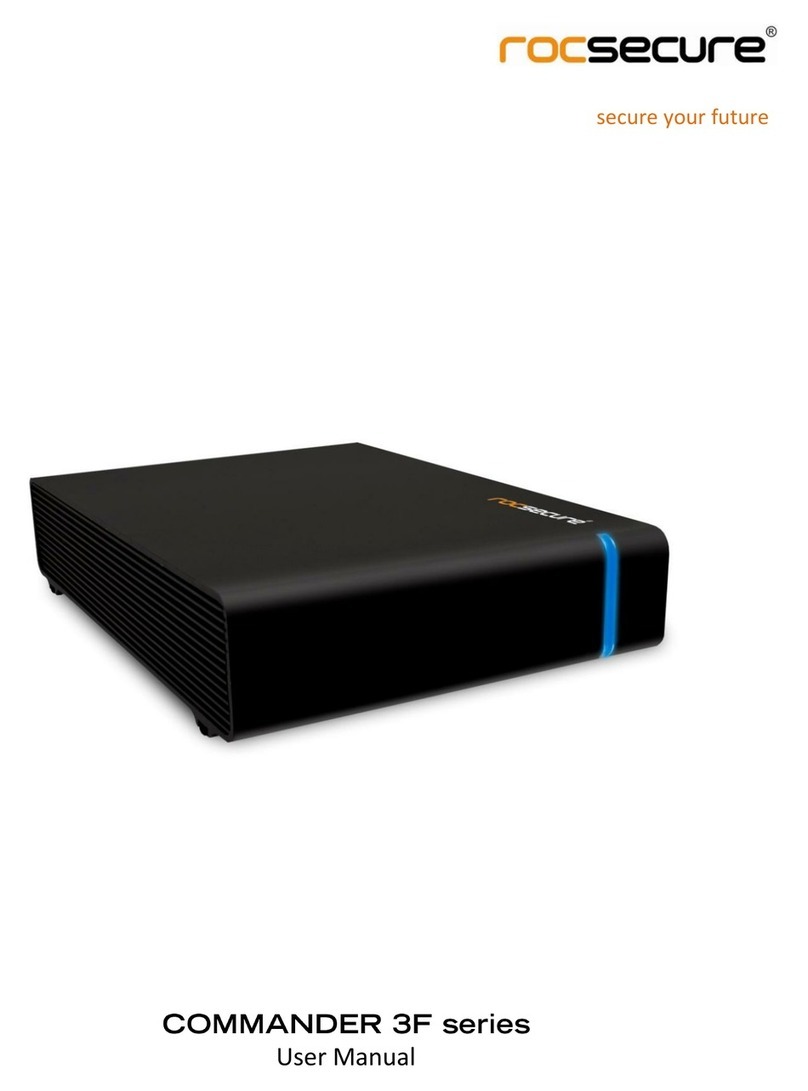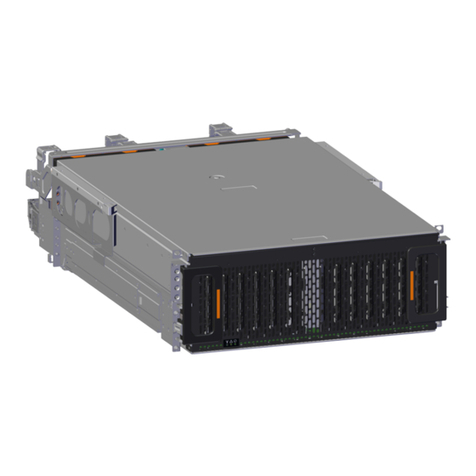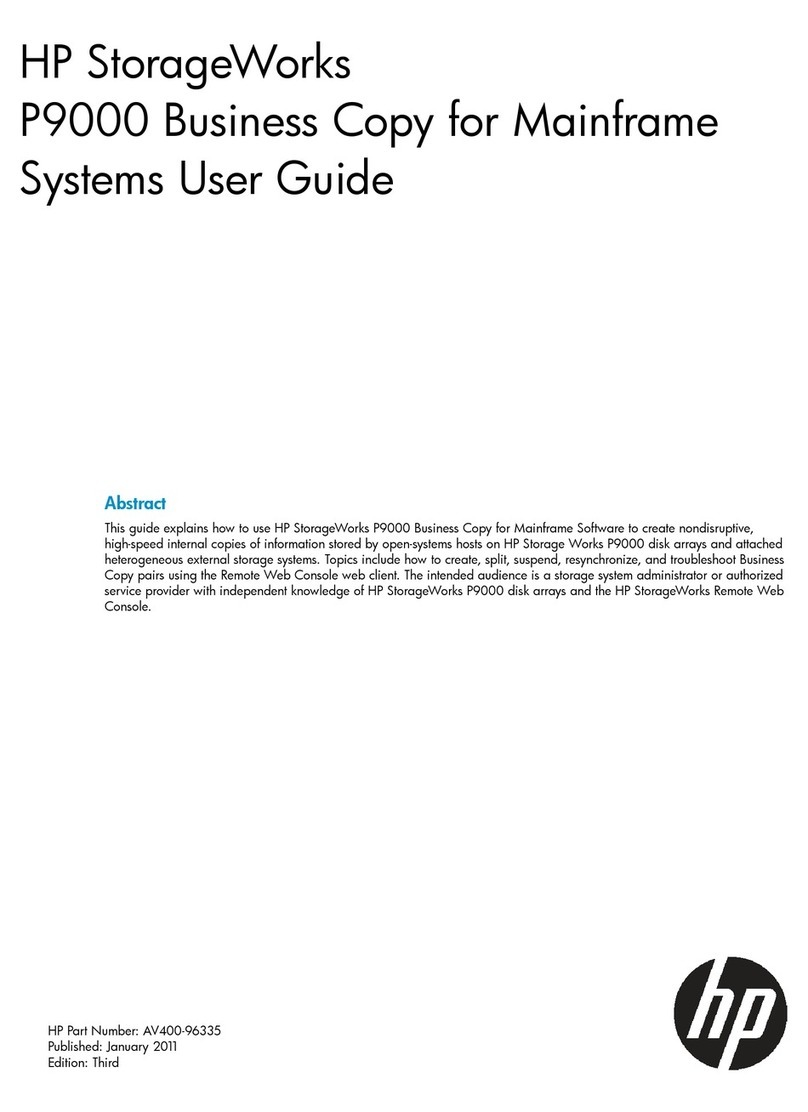
ETERNUS DSP CLI Reference Guide2
Table of Contents
1. CLI Overview .............................................................................4
Using the CLI ................................................................................................................................ 4
Accessing the CLI for the First Time .......................................................................................................................4
Accessing the CLI ................................................................................................................................................... 4
Configuring DSP Node Physical Interfaces .............................................................................................................5
Displaying DSP Node Physical Interfaces ...............................................................................................................6
Displaying CLI Help ...............................................................................................................................................6
Logging out of the CLI ........................................................................................................................................... 6
Command Syntax and Conventions ....................................................................................................................... 7
2. CLI Commands...........................................................................8
check_cluster_config .................................................................................................................... 8
cluster_logcollect ......................................................................................................................... 8
cluster_join .................................................................................................................................. 9
datera-net ................................................................................................................................... 9
dig ............................................................................................................................................. 10
disks .......................................................................................................................................... 12
ethtool ....................................................................................................................................... 12
inventory ................................................................................................................................... 16
iperf3 ......................................................................................................................................... 16
json ............................................................................................................................................ 17
logcollect ................................................................................................................................... 18
net ............................................................................................................................................. 18
ntpstat ....................................................................................................................................... 18
ntptime ...................................................................................................................................... 19
ping ........................................................................................................................................... 19
ps ............................................................................................................................................... 21
reboot ........................................................................................................................................ 22
services ...................................................................................................................................... 22
shell ........................................................................................................................................... 23
tcpdump .................................................................................................................................... 23

